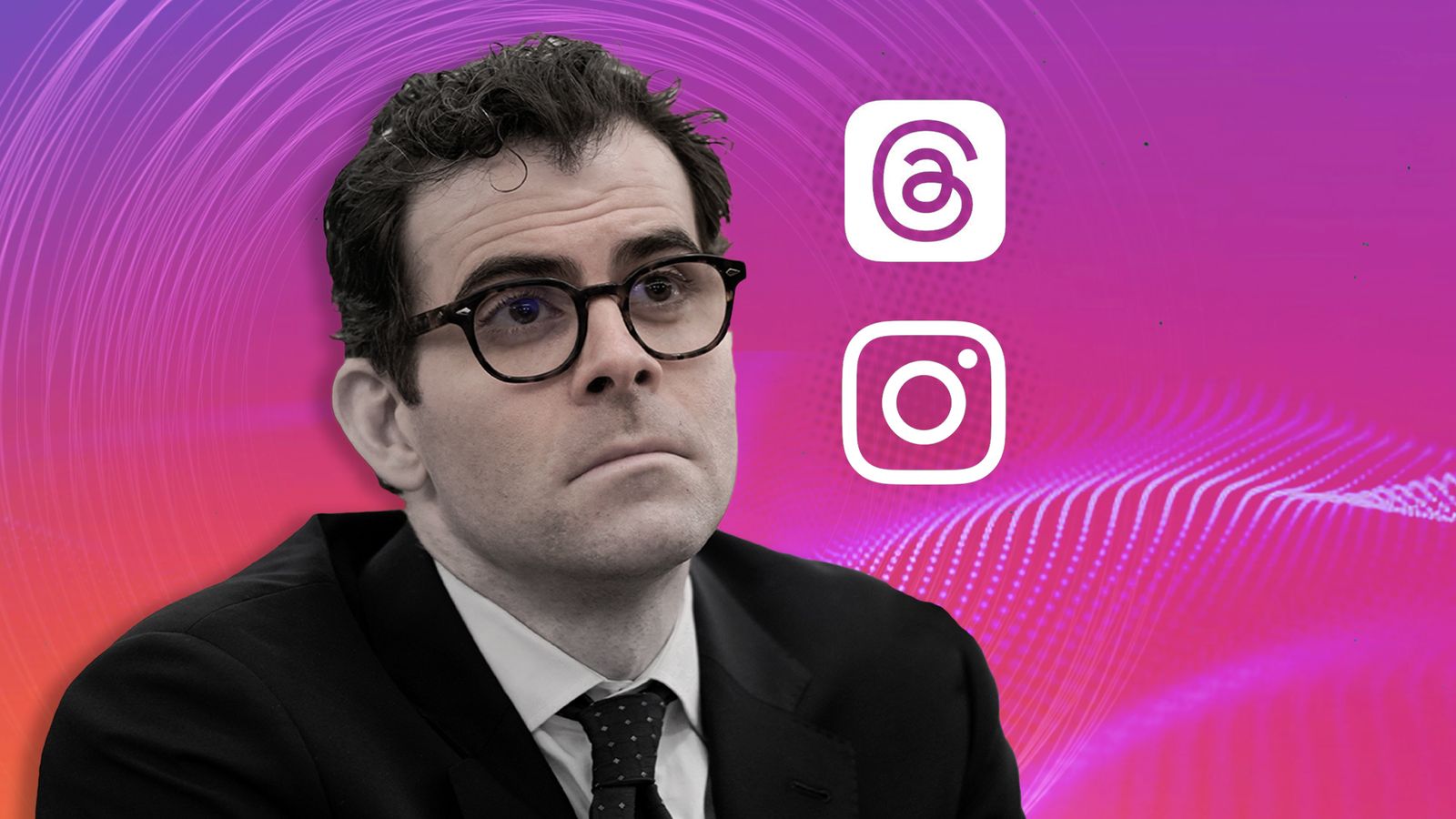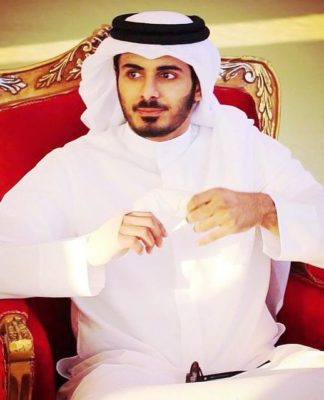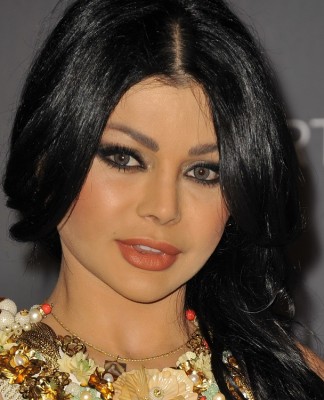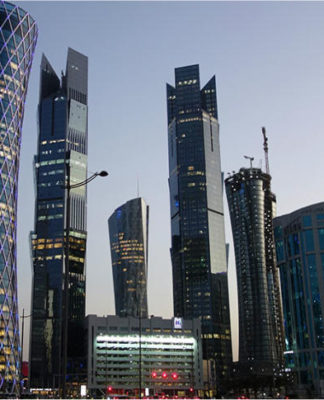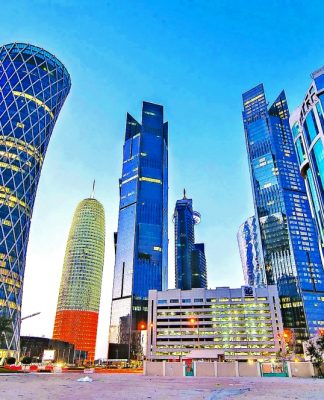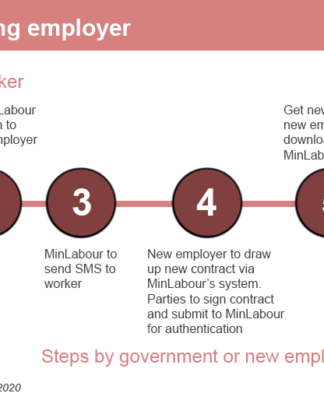Explainer
Who is Adam Mosseri? The Instagram boss now spearheading fast-growing Threads app
Adam Mosseri has been the head of Instagram since 2018 and is now the de-facto leader of Threads. Meta’s Twitter-like app is built off the back of Instagram and has become the fastest-growing platform in the company’s history.
By Tom Acres, technology reporter
Tuesday 11 July 2023 14:59, UK
Listen to this article
0:00 / 7:08
1X
BeyondWords
Audio created using AI assistance
Adam Mosseri heads up Instagram and Threads
Image:
Adam Mosseri heads up Instagram and Threads
Why you can trust Sky News
Mark Zuckerberg may be the public face of all things Meta, but the company’s Threads app falls under a different man’s remit.
“Here we go,” said Adam Mosseri in his first post on the unashamedly Twitter-like platform upon its launch, though likely not suspecting it was about to become the fastest-growing app in history.
Within just five days, Threads amassed more than 100 million users – blowing most of its immediate rivals like Mastodon and Bluesky out of the water and threatening to make rapid ground on its obvious target.
For Mosseri, who has been at Zuckerberg’s company for more than a decade, the rapid take-up marked “the most insane week I’ve had at work in many years”.
Sky News looks at how the head of the world’s most talked-about app got to where he is.
Laying the groundwork
Mosseri’s career at Meta began in 2008, back when it was called Facebook, as a product designer.
He put himself on the path to such a career by studying media and information design at a university in New York, where he grew up in a Jewish household.
Mosseri, whose younger brother is a film composer, started his own design consultancy while studying and he graduated in 2005.
Two years later, he was hired as the first designer at TokBox, which was a web infrastructure company based in San Francisco.
In this role, his design expertise found a home in the city at the heart of America’s tech scene.
Mosseri was well-placed by this point to secure his role at Facebook – and he hasn’t looked back since joining the social media giant.
More like this:
Who is ex-Twitter boss Jack Dorsey?
Elon Musk: The ‘poster child for disruption’
A photograph of Stephanie Endicott and Marcus Smallegan, first-year students at George Washington University, is seen on their Facebook website page in Washington November 25, 2007. For the Facebook generation, love now comes with a drop-down menu. To match feature FACEBOOK-RELATIONSHIPS/ REUTERS/Jonathan Ernst (UNITED STATES)
Image:
Facebook in 2007, when it was still mostly about people you actually knew
The social network
Facebook still resembled Zuckerberg’s original vision for a social network when Mosseri joined – it was mostly just a place for sharing photos, posting dull status updates, and writing birthday messages on your friends’ walls.
But in the years that followed, Facebook would transform from a place to get updates from pals and relatives into somewhere where you’d see news articles and be roped into political arguments with people you didn’t even know.
Mosseri was pivotal to such changes, having become product design manager in 2009 and then – once smartphones had gone mainstream after the launch of the iPhone – Facebook’s design director for apps.
Facebook was now about tempting you into spending as much time on the platform as humanly possible, supercharging “user engagement” metrics – and enjoying the boom in advertising revenue that came with it.
Adam Mosseri, Facebook's director of product shows a live demonstration of “Cover Feed” on an Android phone during a Facebook press event in Menlo Park, California, April 4, 2013. ''Home' is the new Facebook app suite that integrates with Android. REUTERS/Robert Galbraith (UNITED STATESBUSINESS TELECOMS – Tags: BUSINESS SCIENCE TECHNOLOGY TELECOMS)
Image:
Mosseri during a Facebook app demonstration in 2013
The news network
Mosseri oversaw Facebook’s pivotal news feed between 2012 and 2016, a period which saw ever more focus on bringing politics and news to the attention of users.
In the years since, Mark Zuckerberg has admitted he should have taken concerns about fake news spreading on the platform more seriously ahead of the 2016 US election.
After the vote, it was Mosseri who wrote a company blog post addressing “hoaxes and fake news” on Facebook.
He also admitted he had lost sleep over the role Facebook’s feed may have played in the spread of violence in Myanmar following a UN report alleging the platform fuelled hatred of the country’s Rohingya Muslims.
“Connecting the world isn’t always going to be a good thing,” he admitted in 2018, by which time he had become Facebook’s vice president of product.
It’s perhaps why Mosseri has been dismissive of the idea of news and politics being a focus for Threads.
Frances Haugen, Facebook whistleblower, gives evidence to MPs0:52
Play Video – ‘We have to take advantage of this moment’
Facebook whistleblower: ‘We have to take advantage of this moment’
The Instagram years
Mosseri was made head of Instagram following the resignation of the app’s founders in 2018, six years after Zuckerberg bought it for what now seems a bargain $1bn.
It now has more than two billion users, but his tenure hasn’t been without controversy.
Instagram has regularly had to defend its stance on moderation, notably last year during the inquest of British teenager Molly Russell, who viewed self-harm content on the platform and later took her own life.
And last year, Mosseri locked horns with Instagram power players Kim Kardashian and Kylie Jenner after the platform pivoted towards TikTok-style videos called “reels” and an algorithmically suggested main feed.
“Stop trying to be TikTok, I just want to see cute photos of my friends,” the celebrity sisters said.
Mosseri defended the changes, though has since admitted the platform “overfocused” on video in 2022.
Read more:
Why are so many apps adopting the same look?
Instagram CEO Adam Mosseri takes his seat before a Senate Commerce, Science and Transportation Committee's Consumer Protection, Product Safety, and Data Security Subcommittee hearing on “Protecting Kids Online: Instagram and Reforms for Young Users” on Capitol Hill in Washington, D.C., U.S., December 8, 2021. REUTERS/Elizabeth Frantz
Image:
Mosseri at a US Senate hearing about keeping children safe online
The launch of Threads
The biggest moment of Mosseri’s tenure at Instagram has been the launch of Threads, which – unlike prior copycat features like stories from Snapchat and reels from TikTok – is its own app.
But as it’s built off the back of Instagram, accounts carry over, helping it quickly amass its huge user base of actors, athletes, celebrities, brands, and ordinary posters.
Read more:
Why Threads could be the real Twitter killer
Threads looks remarkably similar to Twitter. Pic: Meta
Image:
Threads looks remarkably similar to Twitter. Pic: Meta
“It’s insane; I can’t make sense of it,” Mosseri, who now lives in London with his wife and three children, said of its popularity during its first week.
He has become one of the go-to accounts, as he updates users on upcoming features and his future vision for Threads.
He’s been open about where the app needs improvements in its early days – from lacking the ability to search for specific topics and terms, to no option to tailor your timeline to just people you follow.
Click to subscribe to the Sky News Daily wherever you get your podcasts
As for his vision, it appears informed by his experience working on Facebook’s feed.
“We won’t discourage or down-rank news or politics,” he posted on the platform during its first week, “we just won’t court them the way we have in the past.”
Perhaps haunted by the controversies of years gone by, Mosseri may feel no news is better than bad news.
But if Threads keeps growing, there’ll likely be no escape.
Related Topics
Facebook
Instagram
Meta
Threads














